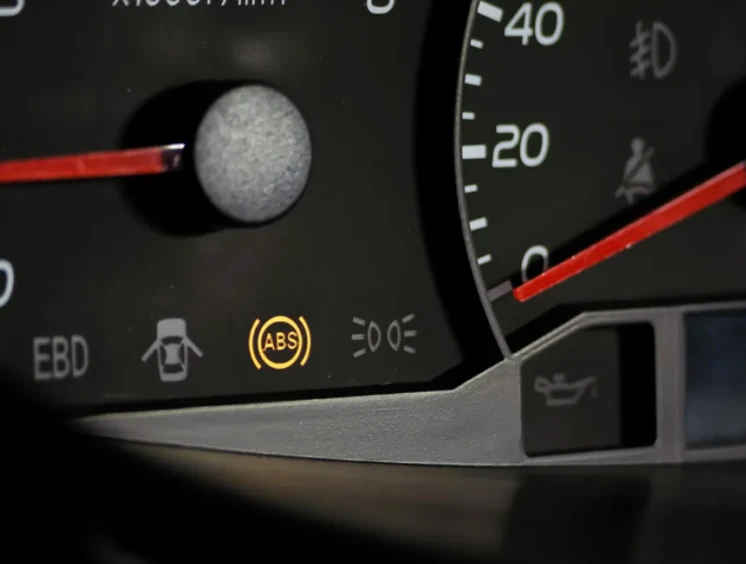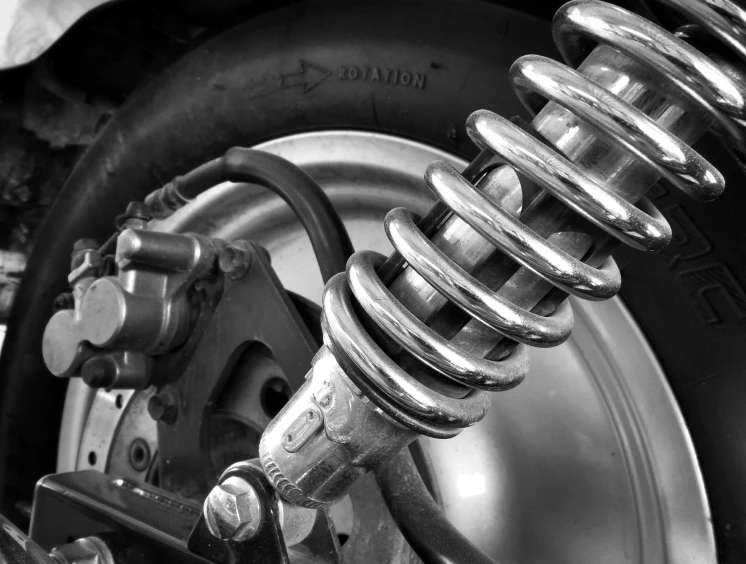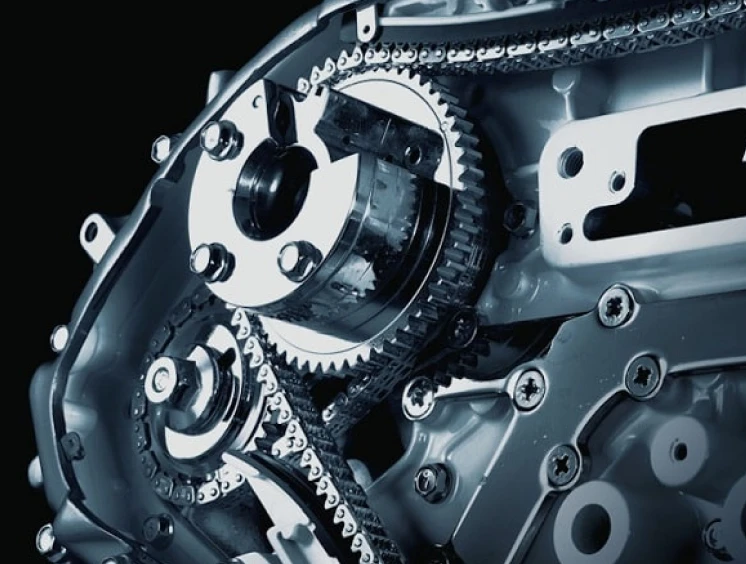ABS Sensor: Functions and Signs of Malfunction
The Anti-lock Braking System has made cars safer. This system collects information about the speed of the car’s wheels and transmits it to the control unit. If needed, the system changes the level of brake pressure, which prevents accidents. But if the ABS sensor is malfunctioning, the other components do not fulfill their functions either.ABS Sensor: What is it Used for?
The car slows down and stops by increasing the pressure in the brake system. This is necessary so that the pads are pressed against the disks on both sides. As the pressure level exceeds the normal level, the wheels lock up. They lose contact with the road surface, slide, and the car goes out of control. If ABS system is present, the sensors transmit the corresponding signal to the control unit, that reduces the pressure to a proper level, without reducing the efficiency of braking. Thus, the Anti-lock Braking System prevents the wheels from being locked during driving and deceleration, it also helps to avoid skidding on slippery surfaces, on icy roads. If ABS sensor is not working, it prevents signals from being transmitted to the control unit. This causes malfunctions in the Anti-lock Braking System, as well as in the Electronic Stability Control (ESC) system.
Types of ABS Sensors
To understand how to check the failure of the ABS sensor, one need to know where exactly these components are installed. In passenger cars, they are located on each wheel, in commercial cars and trucks — on the differential of the driving axle. In cars of any design, the control unit can be found under the hood. There are different types of sensors:- Active sensors function with an external power supply; their features include complexity of construction and high accuracy;
- Passive sensors do not need a power supply as they consist of an induction coil and a magnet;
- Hall effect sensors are a chip with a magnet and a metal plate that works due to the difference in electric potentials.

Signs of Failure of ABS Sensors
If the ABS sensor fails, the alarm indicator on the dashboard lights up. It indicates a malfunction of the entire braking system, however, not any specific brake system components. Signs of failure of the ABS sensor are:- Machine instability during deceleration, unpredictable trajectory of movement;
- Brake pedal pulsation due to the failure of the system;
- ABS triggering on a dry road;
- Increased braking distance and reduced braking dynamics.

Possible Causes of ABS Sensor Malfunction
It is dangerous to use the car if any of these signs are present. It is necessary to determine why the ABS sensor is not working. It may be due to:- Heavy road dust contamination;
- Moisture ingress and corrosion;
- Mechanical failure of the ABS sensor after an accident;
- Bearing or magnetic strip damage.




















